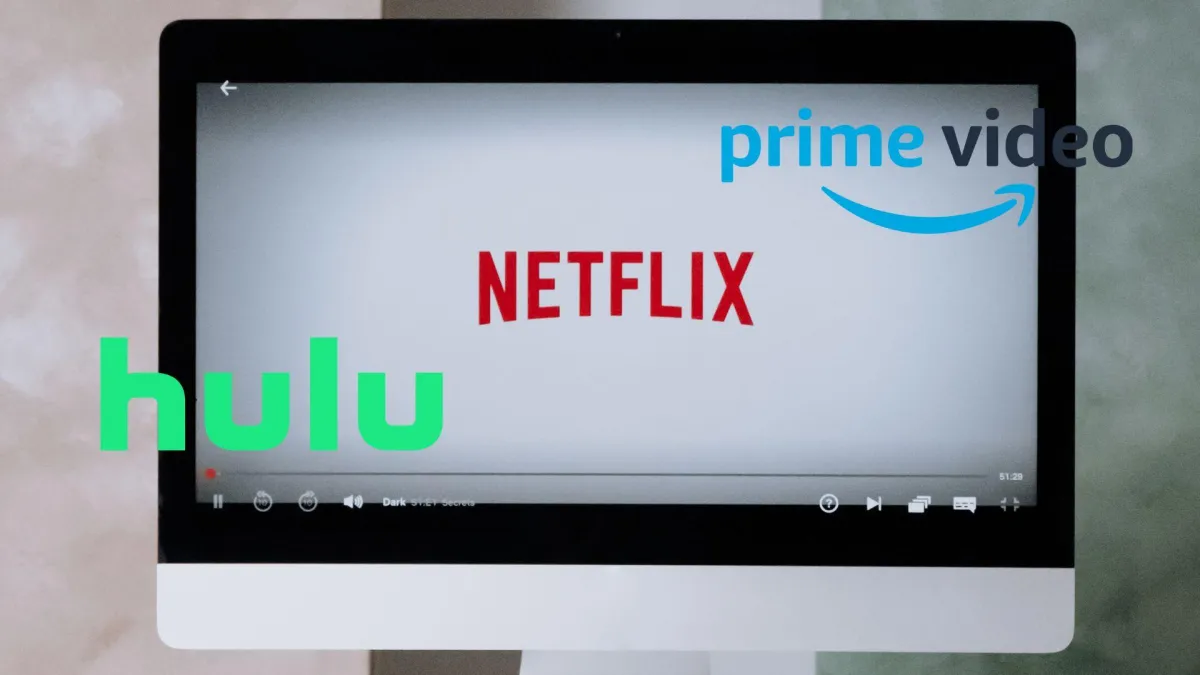FFA BLOG

8 Tips to Pass Quality Control for Netflix, Amazon, and Hulu
When I think about quality control for platforms like Netflix, Amazon, or Hulu, my instinctive reaction is that it's absolutely crucial, especially when you're up against tight distribution deadlines. It's not just a box-ticking exercise. It's the final gate that determines whether your film gets out on time or gets held up.
While I haven't had a horror story myself, I've been around long enough to know that if you don't get it right, you can get that dreaded message back from the distributor saying there's a problem with your film files, and they can't ingest them. That simple mistake can delay your release and throw everything off schedule.
Delivering content to major streaming platforms like Netflix, Amazon, and Hulu requires passing rigorous quality control (QC) checks. Each service has its own technical and creative requirements to ensure a top-tier viewing experience for its subscribers. Failing QC can mean costly delays and rejections, so preparation is key. Here are eight essential tips to help your content clear QC on these platforms.

1. Understand and Follow Platform-Specific Technical Specs
Each streaming service publishes detailed technical specifications for video, audio, and packaging. For example, Netflix requires most content to be delivered in IMF (Interoperable Master Format) packages, with strict adherence to SMPTE standards and their own validation tools like Photon. Amazon and Hulu have their own sets of requirements, so always consult the latest documentation before delivery.
If I were advising a first-time producer, I'd say: be proactive. Ask your distributor everything. What formats they require, whether there are specific codecs or metadata standards, anything technical they expect. Don't assume.
2. Conduct Thorough Audio/Video Quality Checks
Before submitting, review your content for common audio and video artifacts such as dropouts, sync issues, colour errors, or compression artifacts. Netflix, in particular, expects content to be free from a wide range of audio/video issues before delivery.
3. Validate IMF Packages and Metadata
For Netflix, IMF package structure and metadata accuracy are critical. Use Netflix's Photon tool to validate your package. If Photon fails your asset, it will be rejected. Double-check asset maps, packing lists, and all metadata fields.
4. Ensure HDR and Dolby Vision Compliance (If Required)
Netflix increasingly requires HDR content to be delivered in Dolby Vision. Make sure your HDR workflows and deliverables meet the platform's specific requirements for colour grading, metadata, and structure.

5. Test for Photosensitive Epilepsy (PSE) Compliance
Some markets, such as the UK and Japan, require PSE testing to ensure content does not trigger seizures in sensitive viewers. Netflix may require a Harding PSE validation certificate for certain categories of content.
6. Use Automated QC Tools, Then Apply Human Review
Automated tools (like AI-driven screening and predictive modelling) can catch many technical errors quickly. However, human QC is essential for nuanced issues, creative intent, and context that machines might miss.
7. Maintain Accurate and Complete Documentation
All platforms require thorough documentation, including compliance certificates, audio/video specs, and legal clearances. Missing or incomplete documentation can delay acceptance, especially on Amazon, which has strengthened its product and seller verification processes.
8. Stay Updated and Train Your Team
Streaming platforms update their requirements frequently. Regularly review updates, train your team, and maintain open communication with your platform contacts. Netflix, for example, tracks partner performance and publishes failure rates, so consistent quality is essential to maintain your status.
Example: The Risks of Losing Key Partnerships
A major post-production house preparing a new series for Netflix delivery faced repeated QC failures due to incorrect IMF package structure and missing Dolby Vision metadata. By adopting a two-step QC process, first running automated checks with Netflix's Photon tool, then having experienced staff review the flagged issues, they reduced their rejection rate to nearly zero and maintained their status as a Netflix Preferred Fulfilment Partner.
The Bottom Line
Quality control isn't just technical admin. It's your film's final passport stamp before global release. Think of it like passing through airport security before an international flight. Get it wrong, and your film's not going anywhere.

Common Questions and Answers
Q: What are the most common reasons for QC failure on Netflix? A: The most frequent issues include incorrect IMF packaging, audio/video artifacts, missing or inaccurate metadata, and non-compliance with Dolby Vision or PSE standards.
Q: How does Amazon ensure quality control for its streaming content? A: Amazon uses a combination of robust seller verification, enhanced product review processes, and transparency with brands and customers to prevent low-quality or counterfeit content.
Q: Can automated QC tools replace human review? A: No. While automated tools are efficient for initial screening, human oversight is essential for nuanced decisions, creative intent, and context that AI might miss.
Q: How often do streaming platforms update their QC requirements? A: Requirements are updated regularly, sometimes several times a year. It's crucial to stay informed and review the latest documentation before every delivery.
Q: What happens if my content fails QC? A: You will receive a report highlighting the issues. You must fix the problems and resubmit. Repeated failures can affect your status as a preferred partner.
By following these eight tips, you can significantly increase your chances of passing QC for Netflix, Amazon, and Hulu, ensuring your content reaches audiences without unnecessary delays or rejections.
Studio 202 | Mainyard Studios | 280 Mare St | London | E8 1HE | UK
+44 7360 268742
hello@futurefilmacademy.com
www.futurefilmacademy.com

